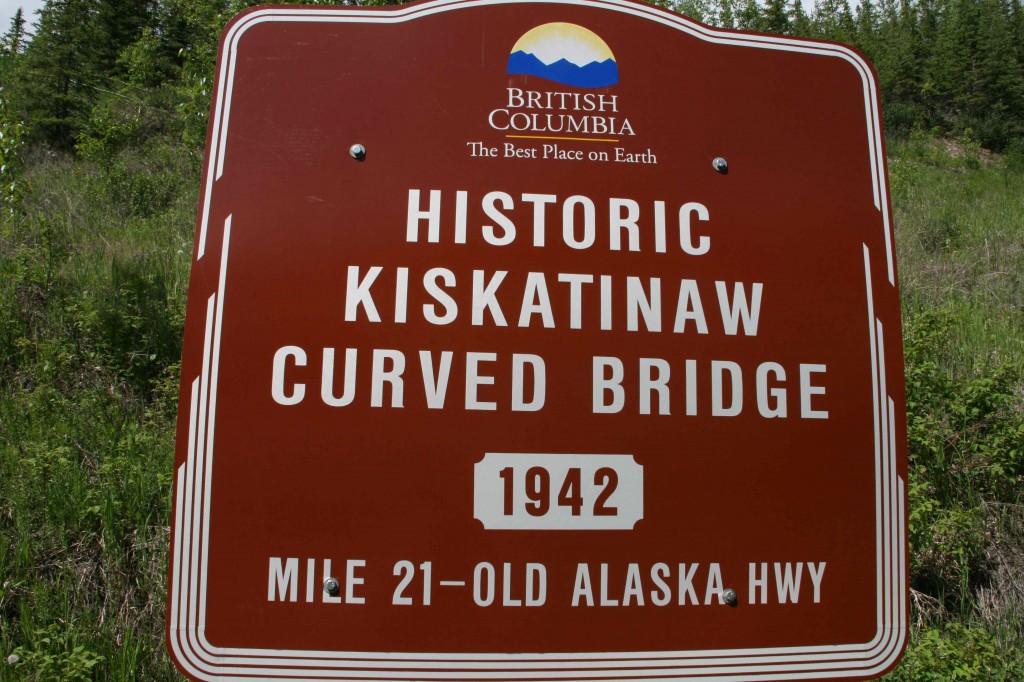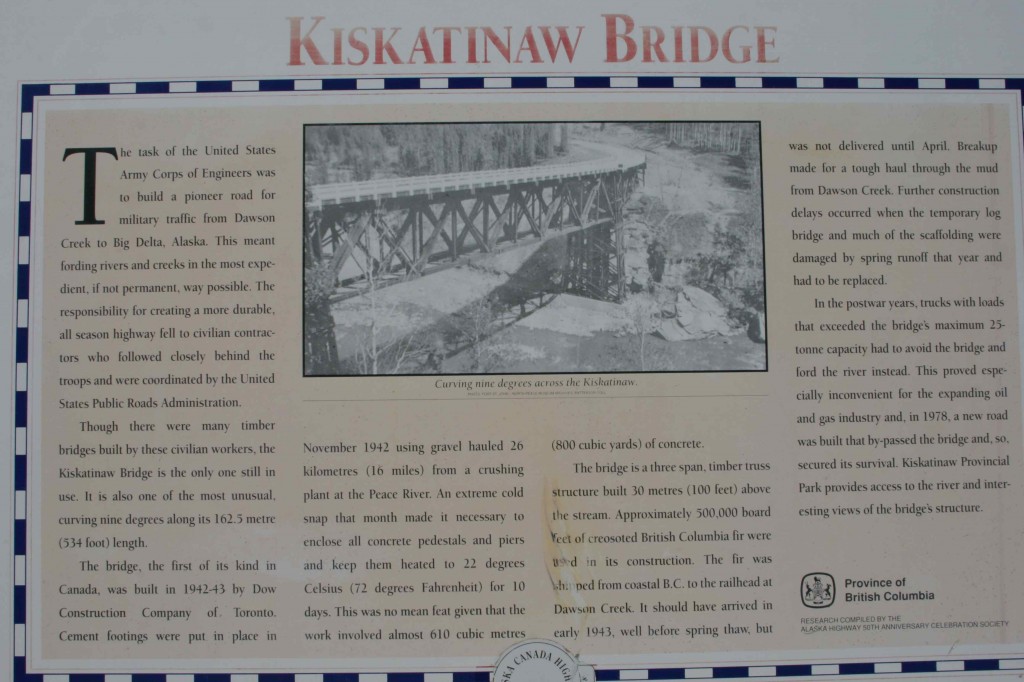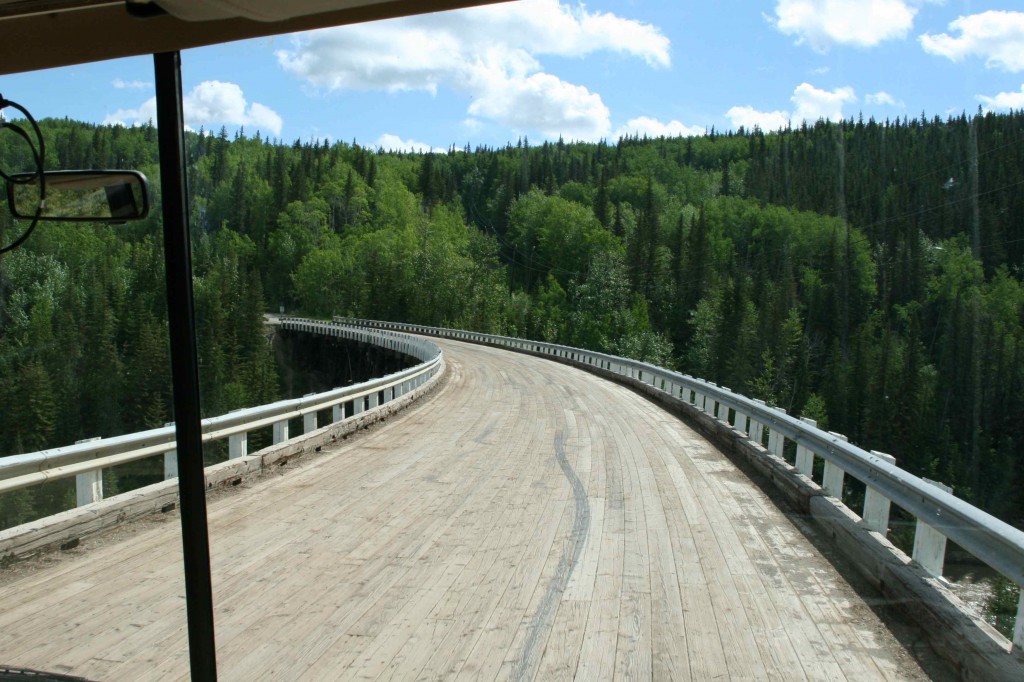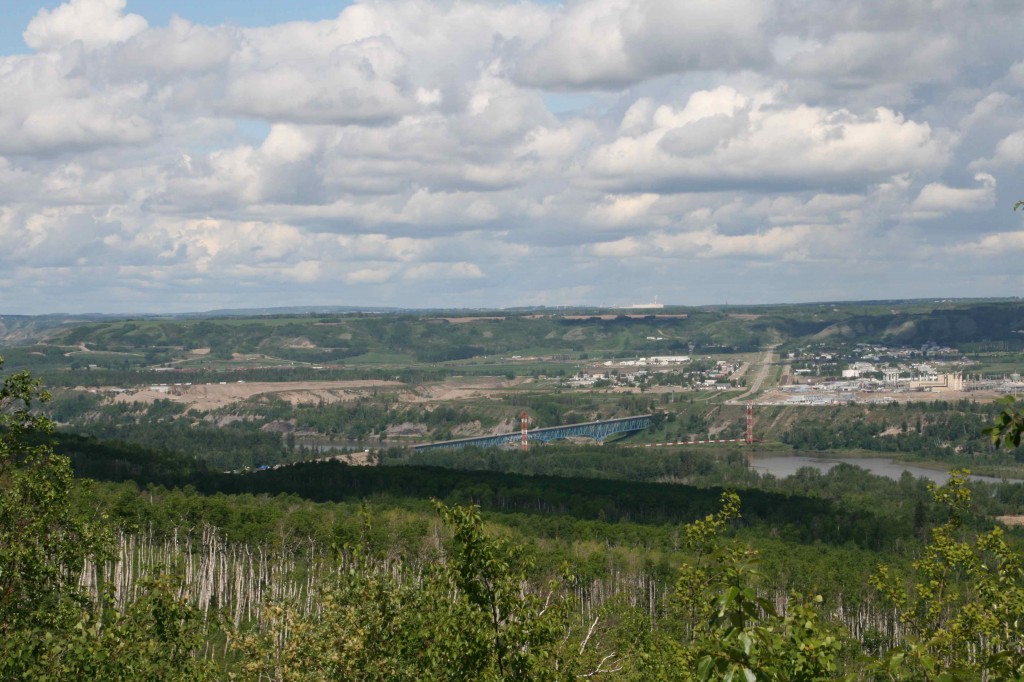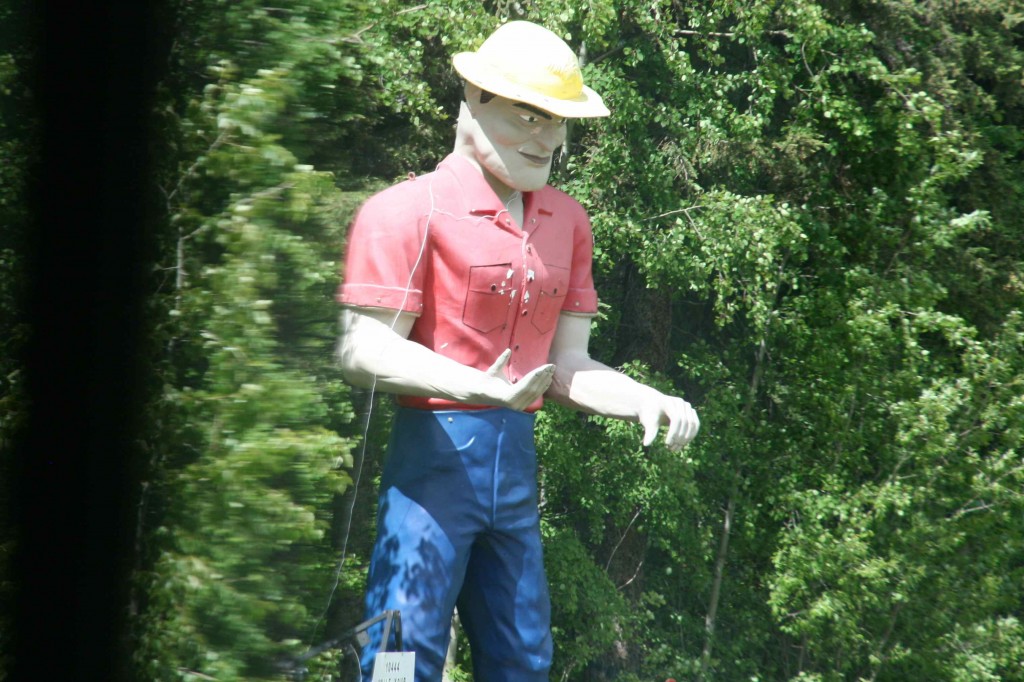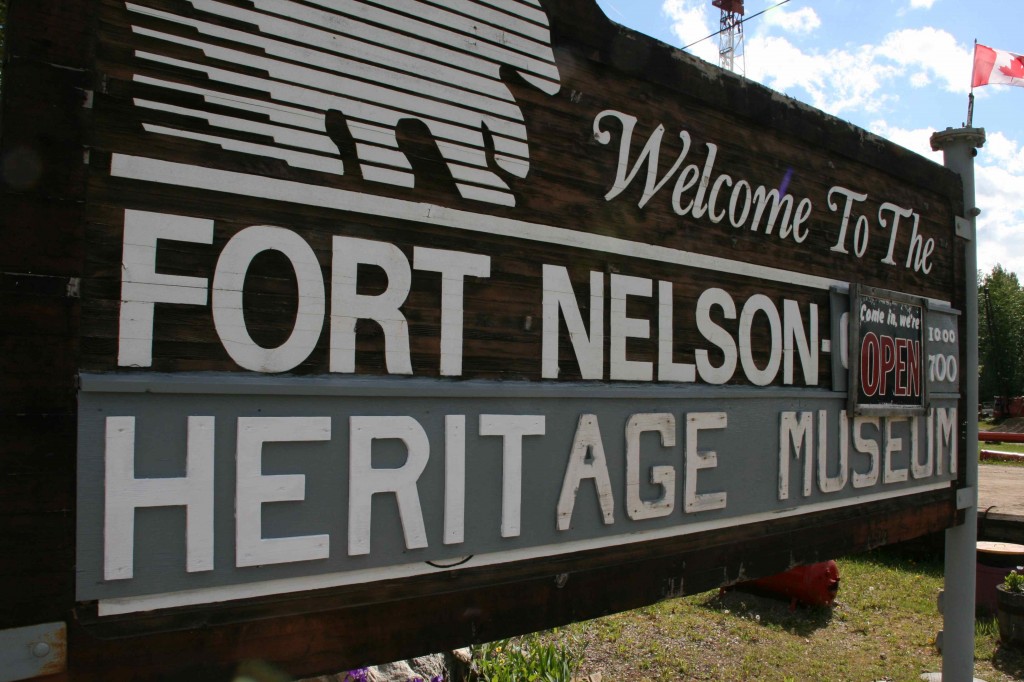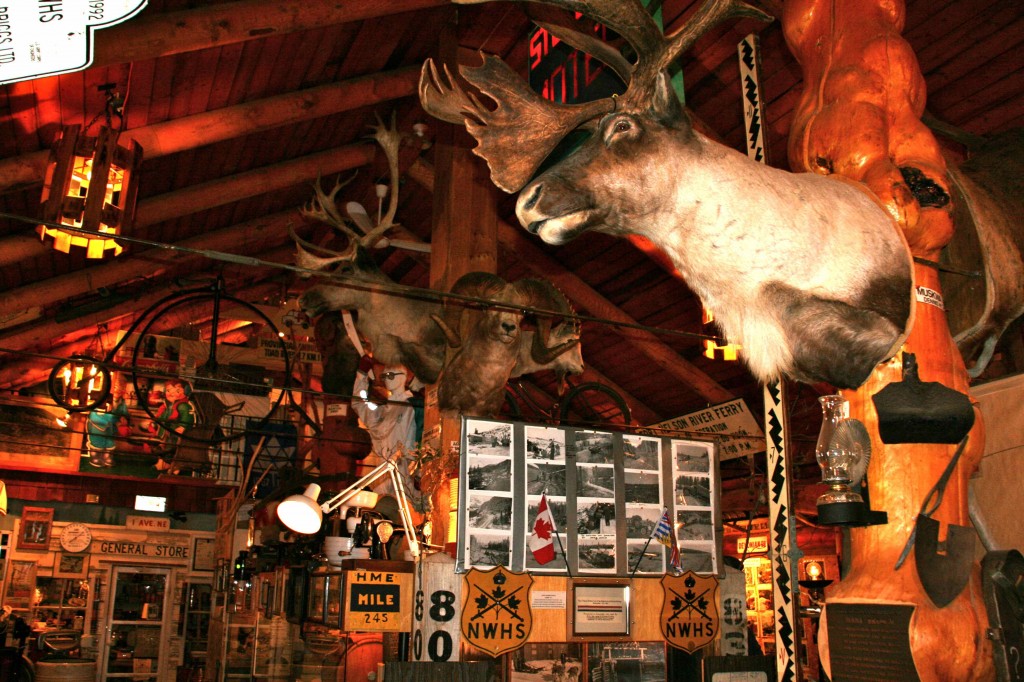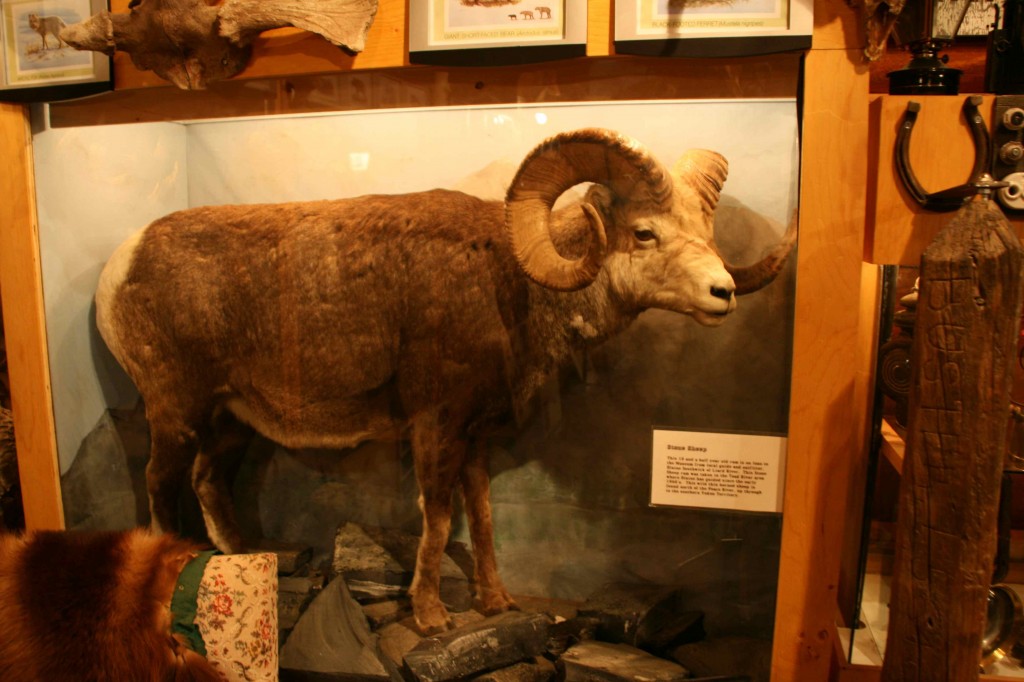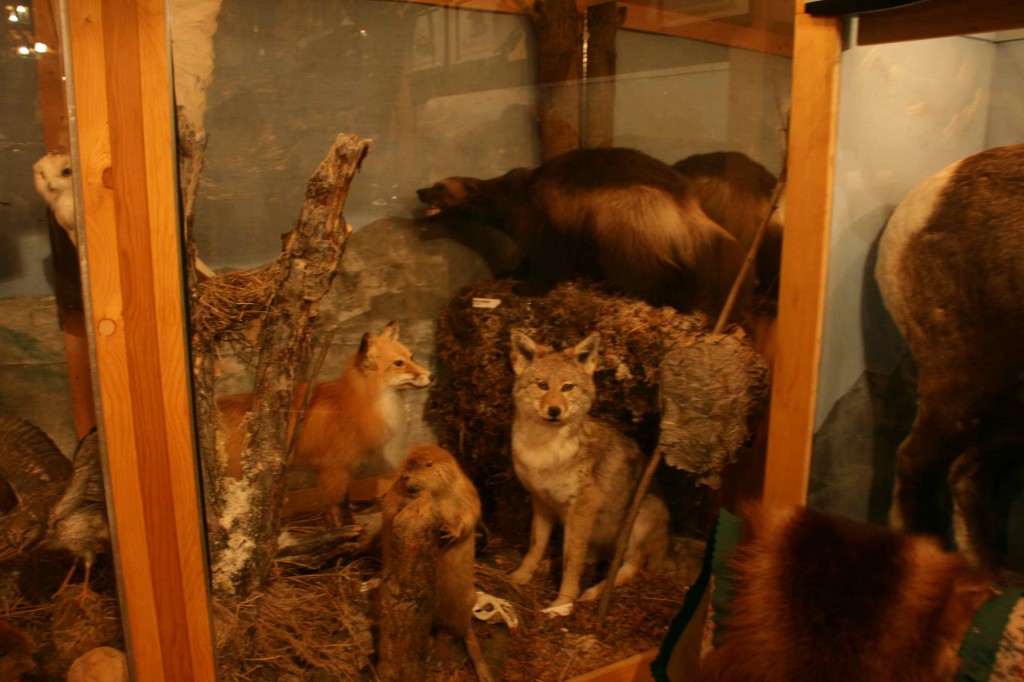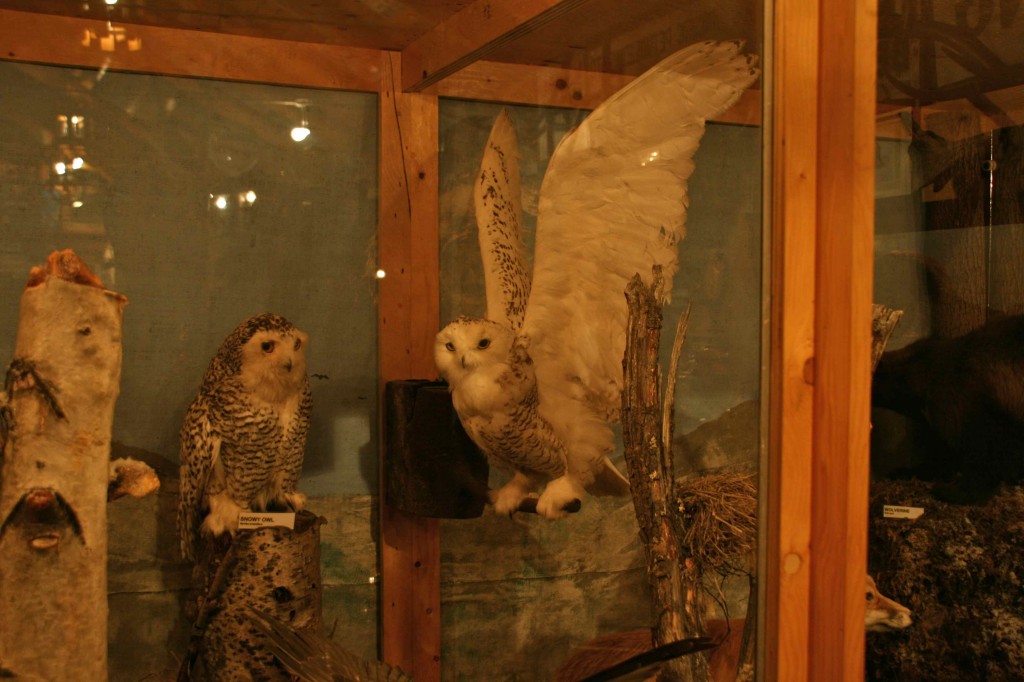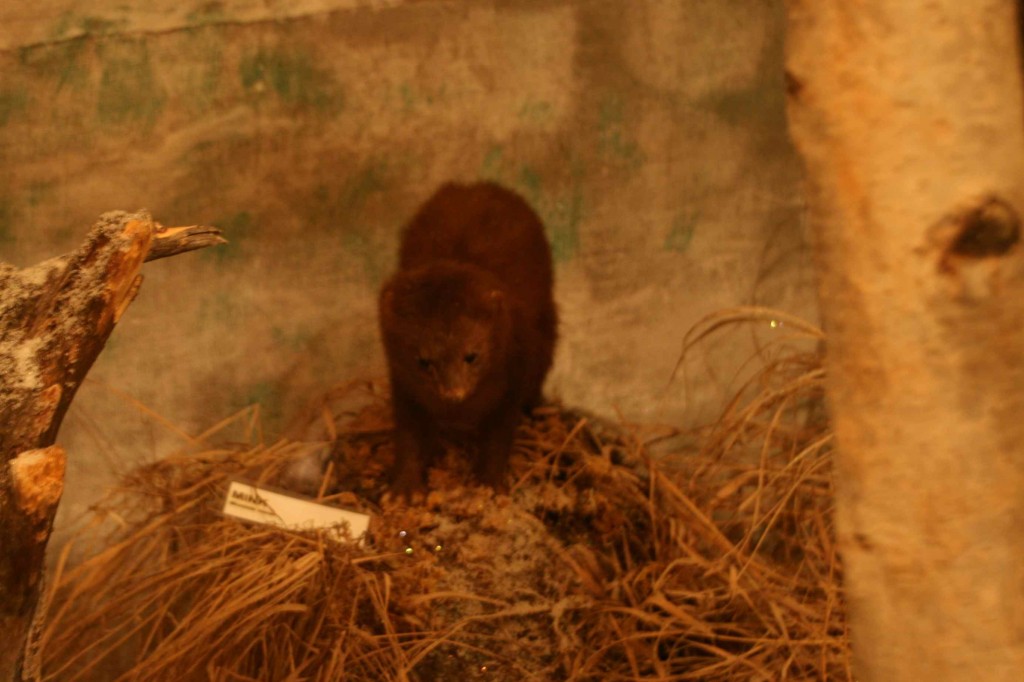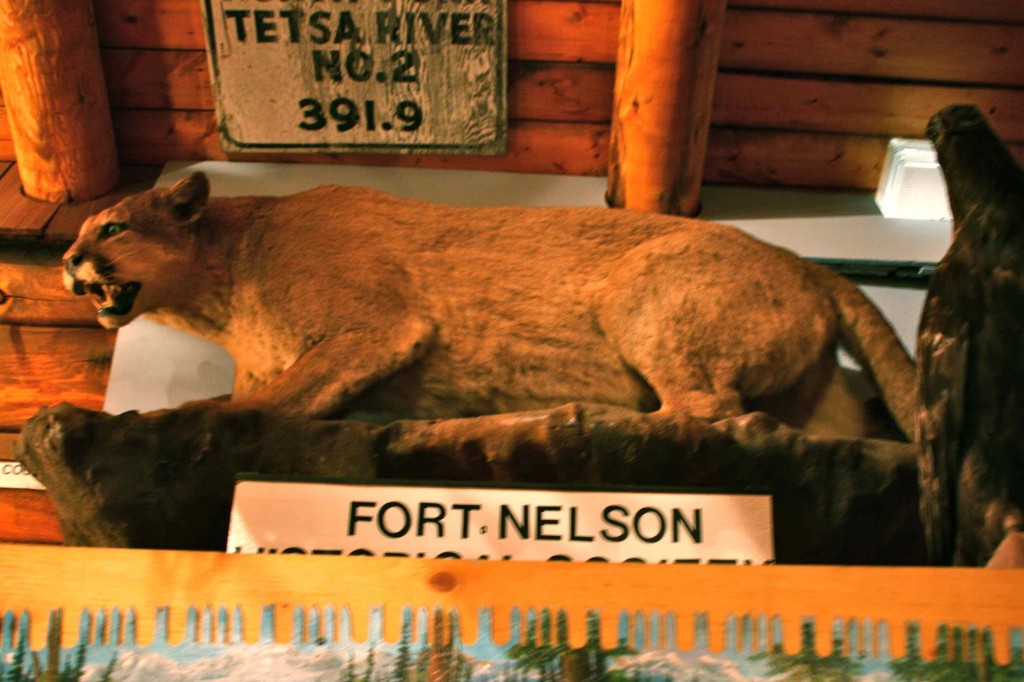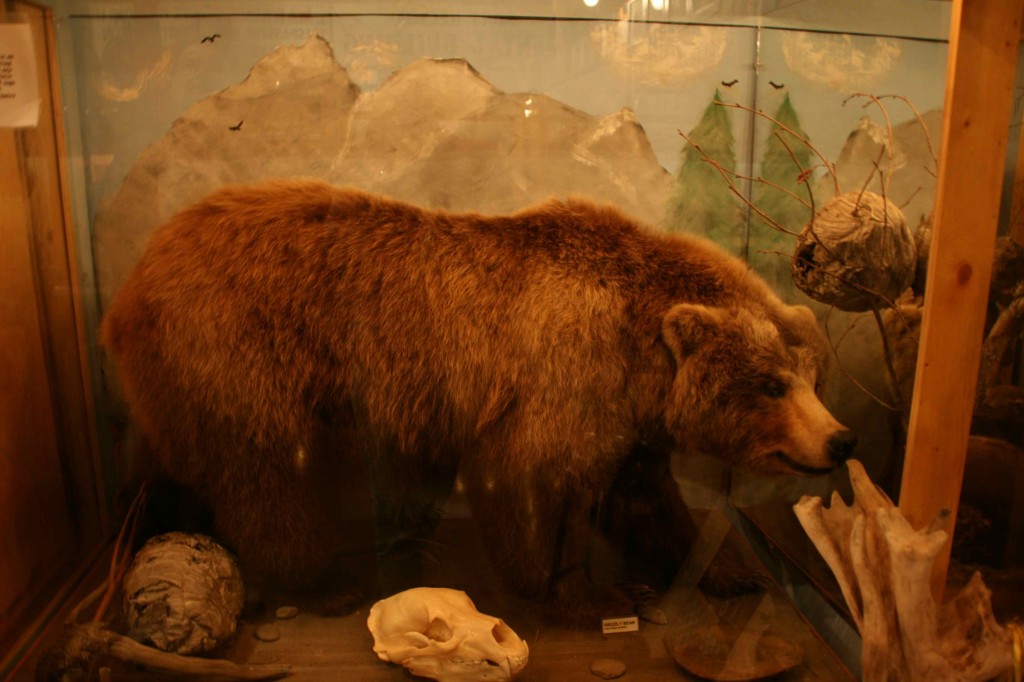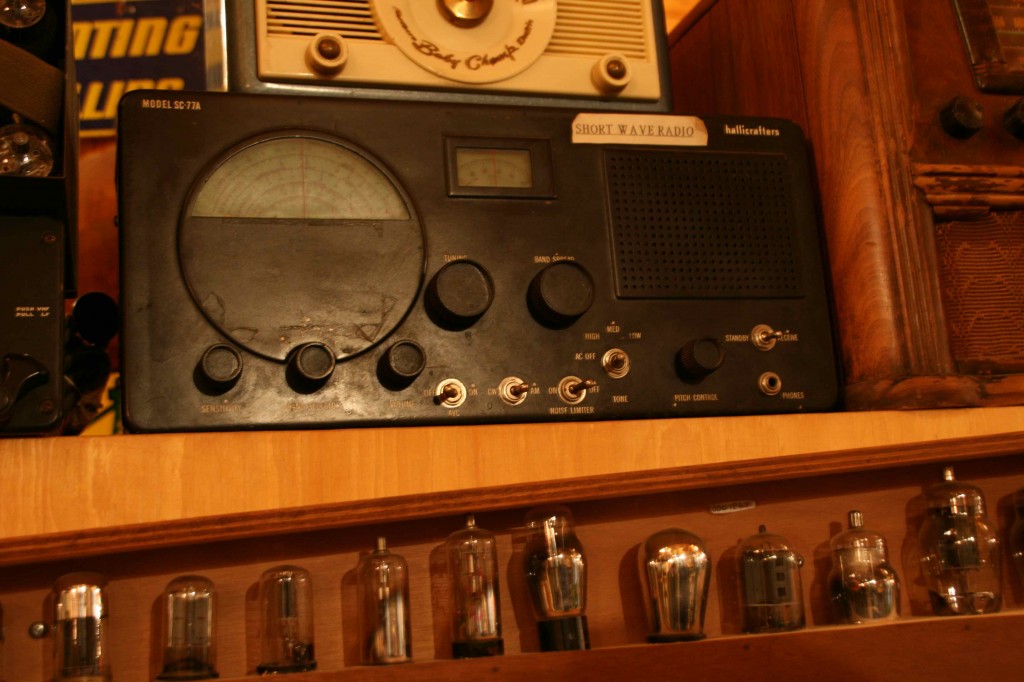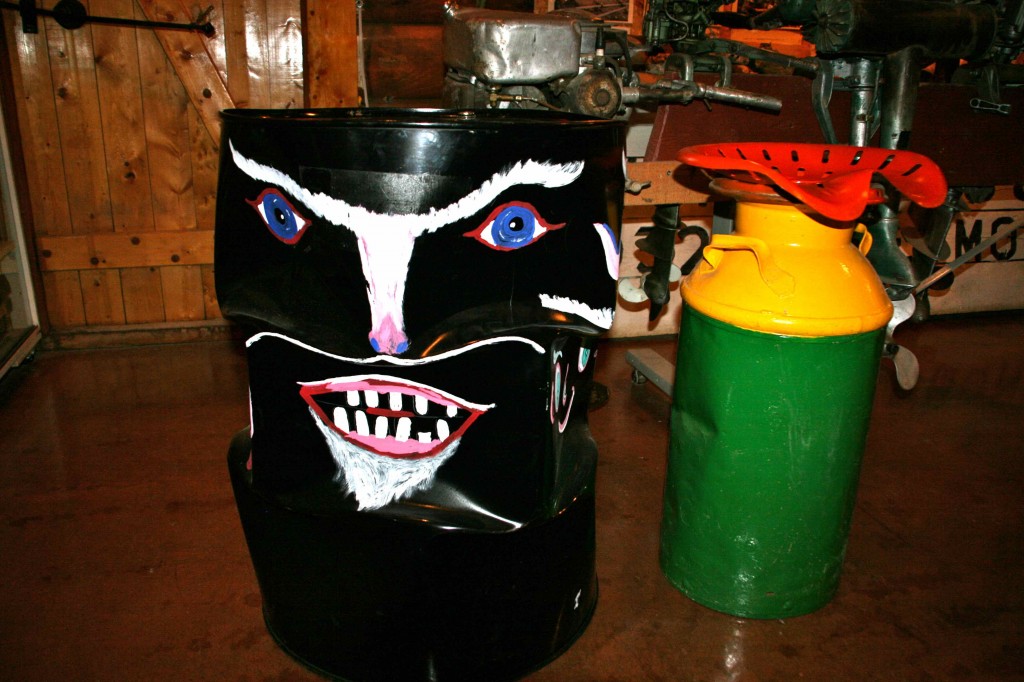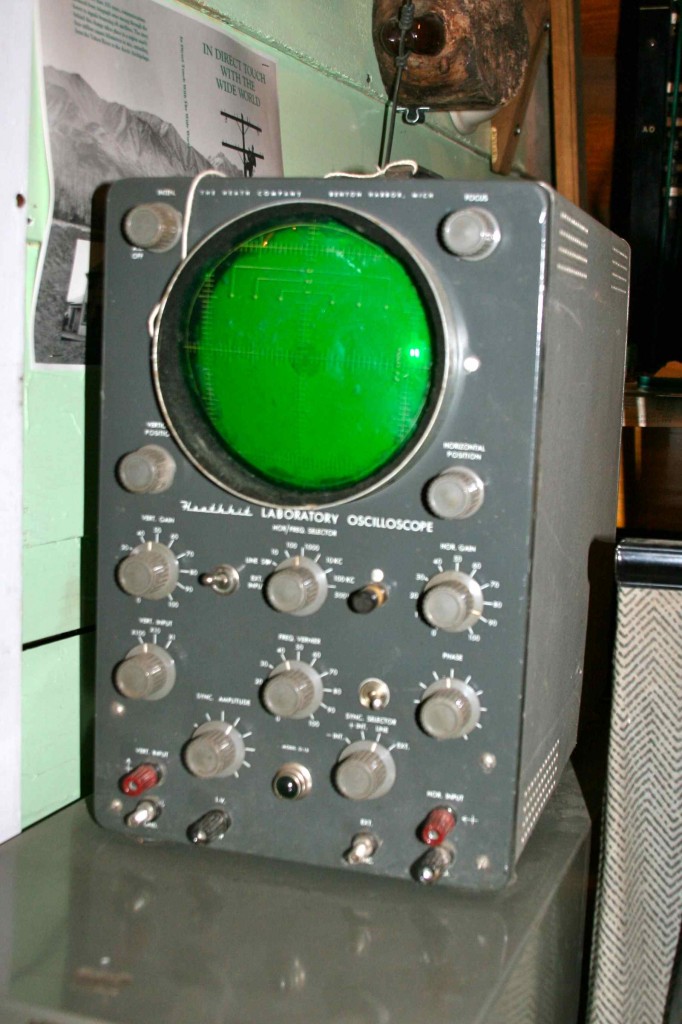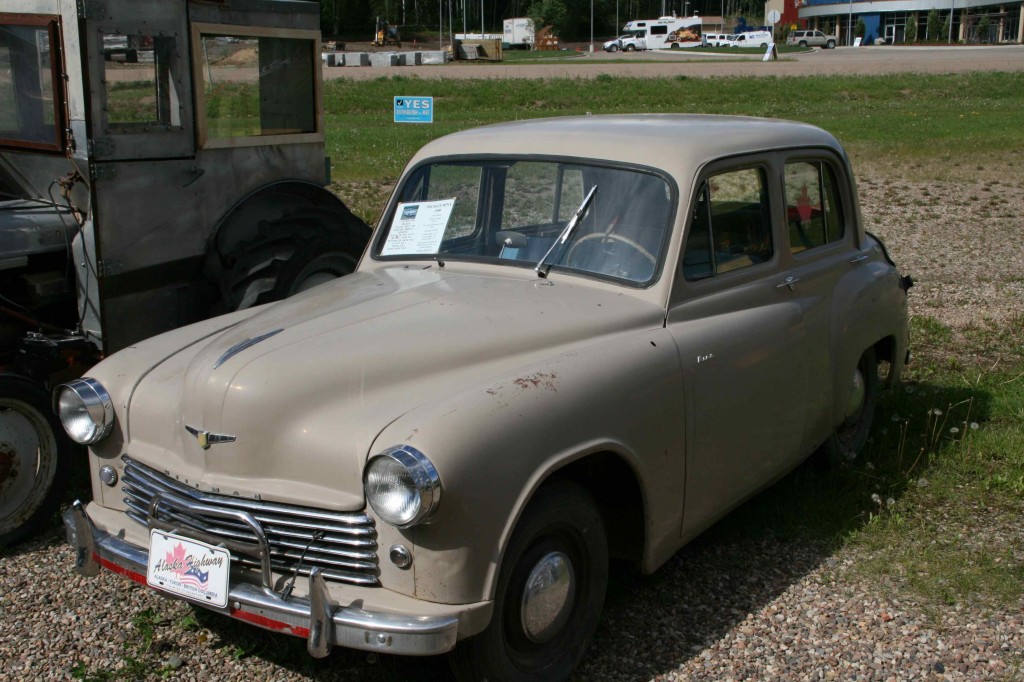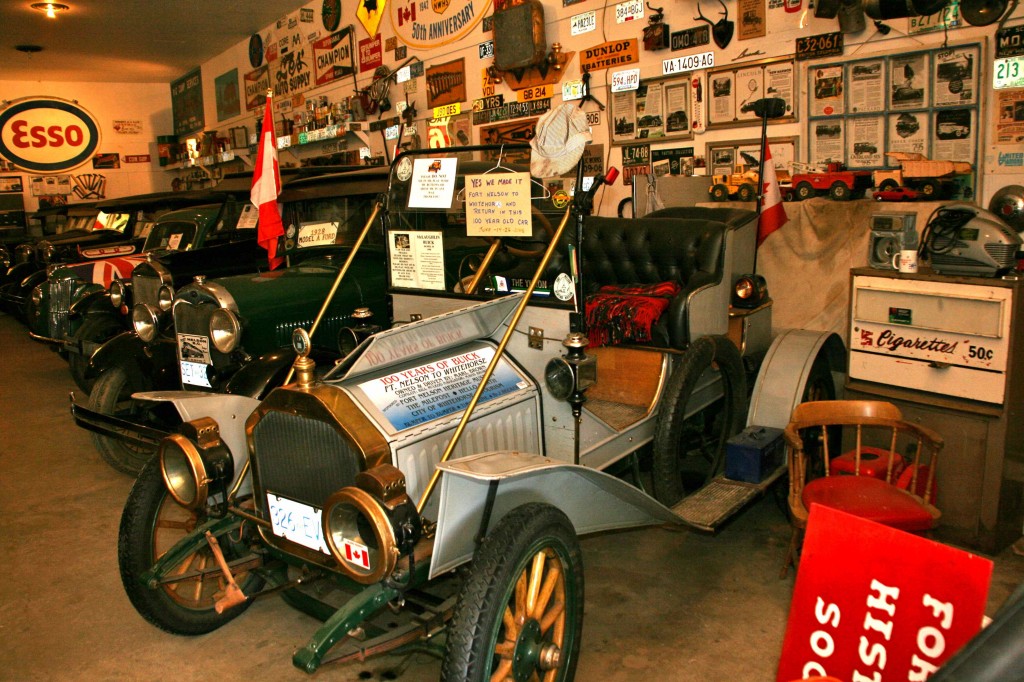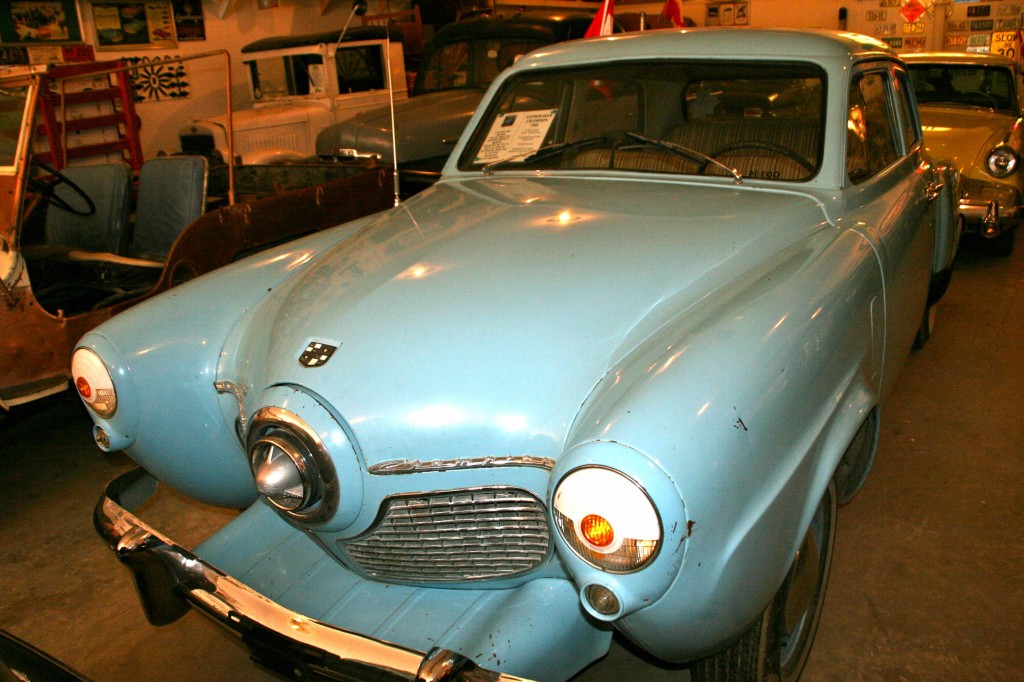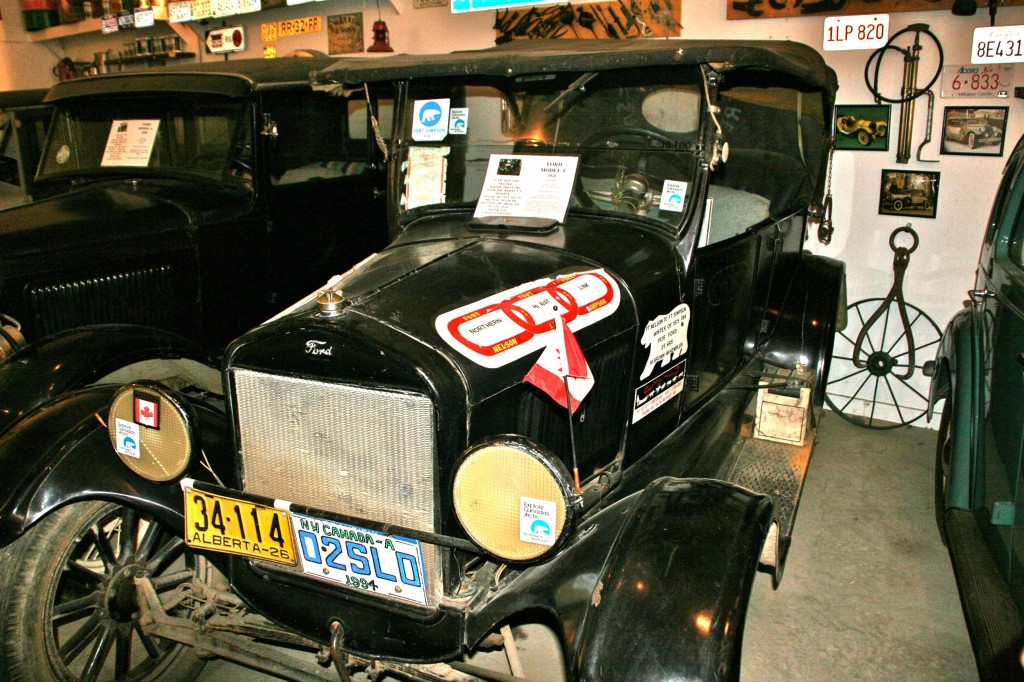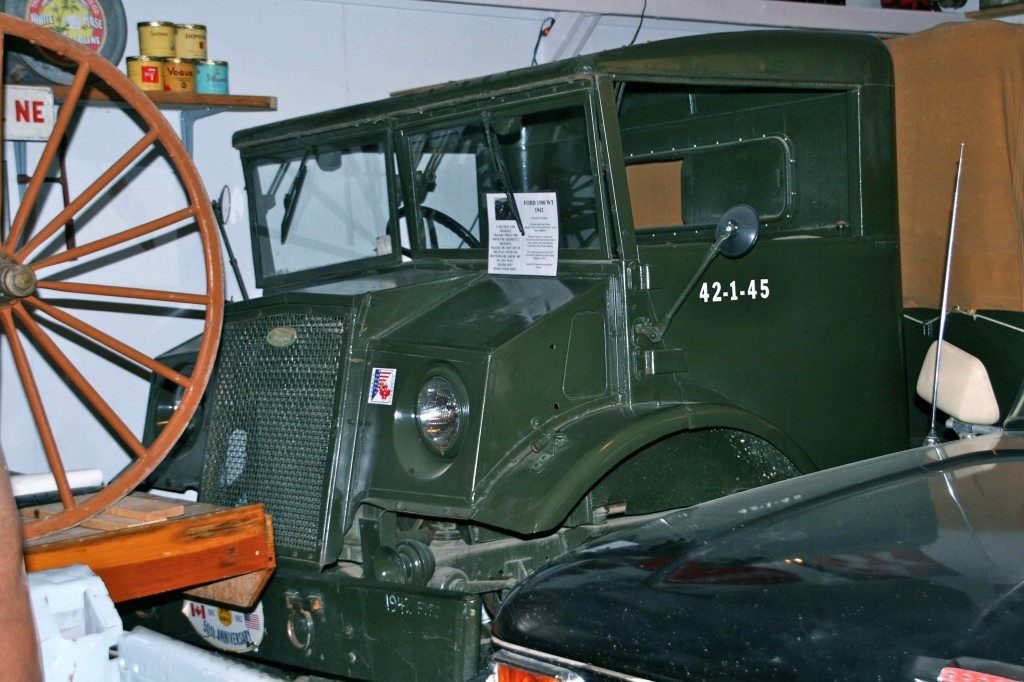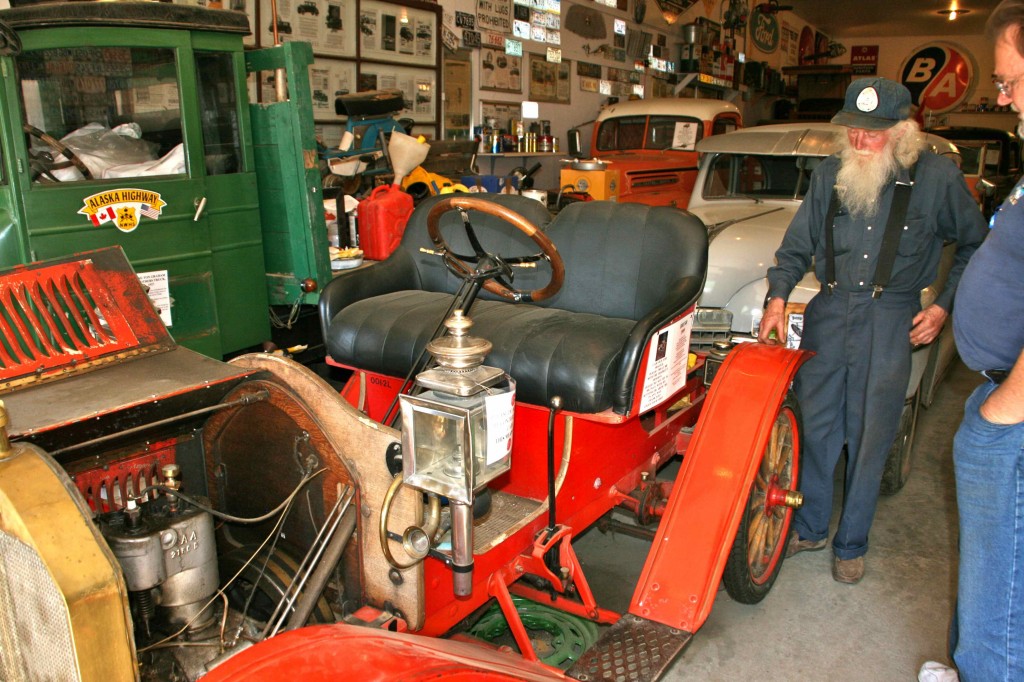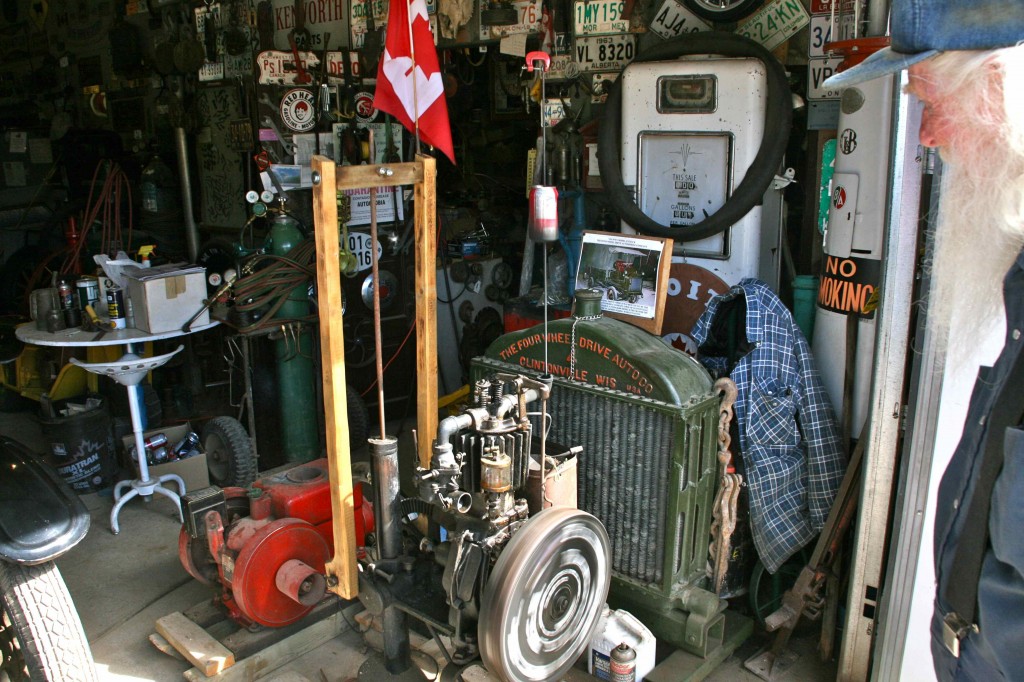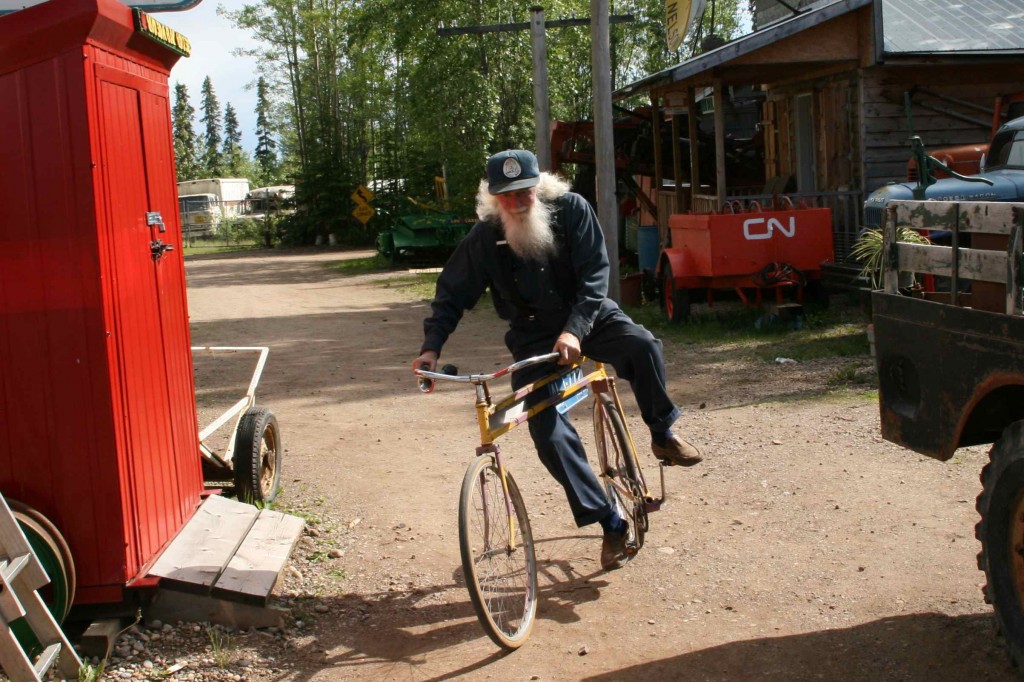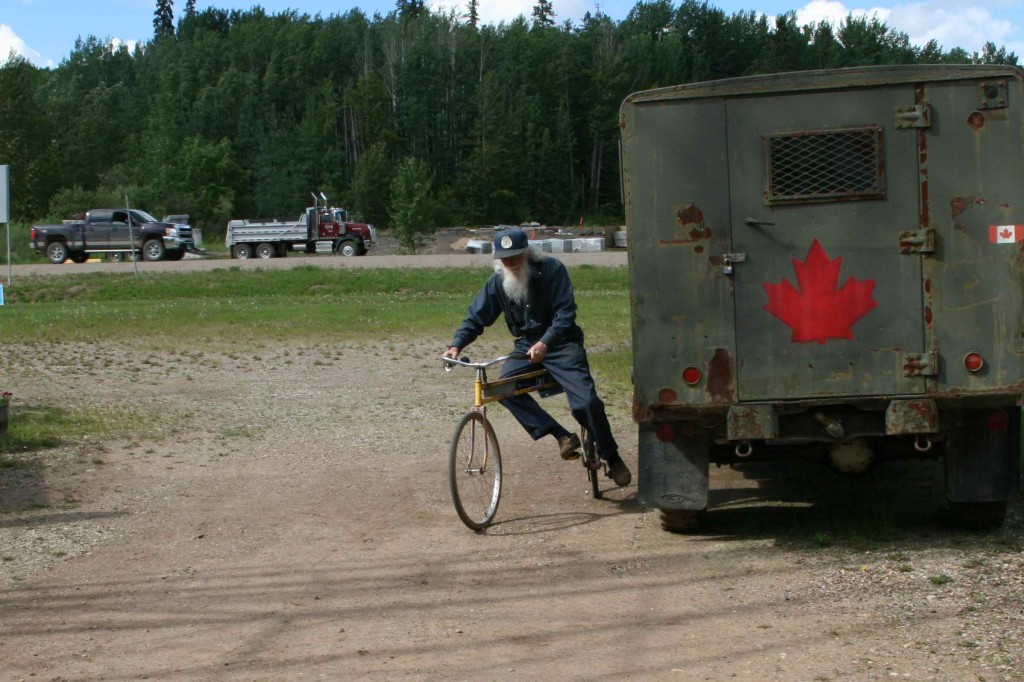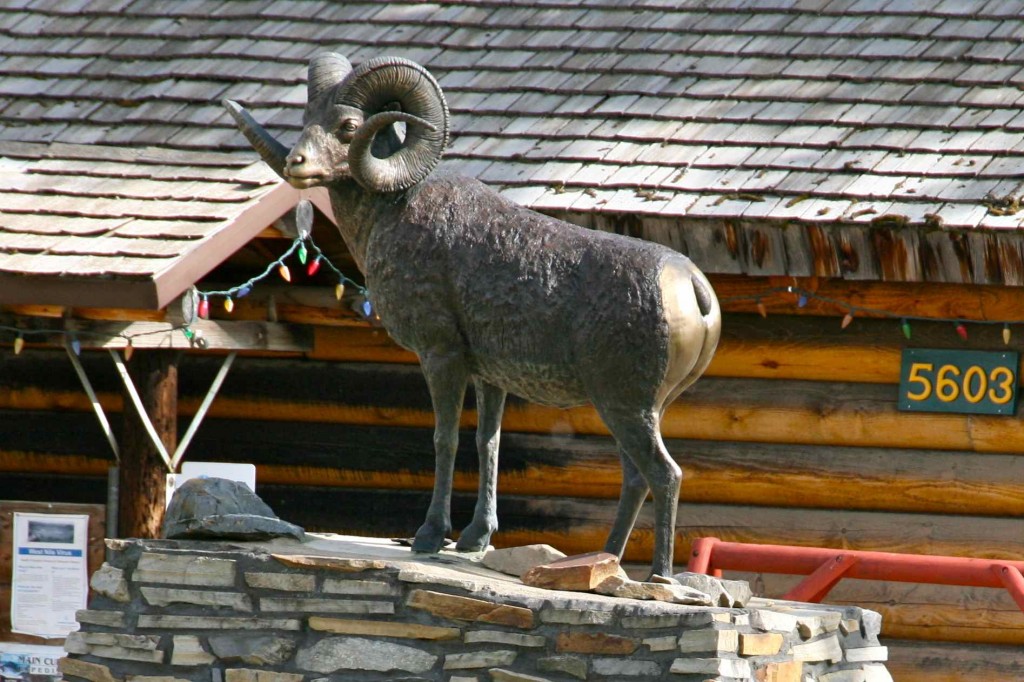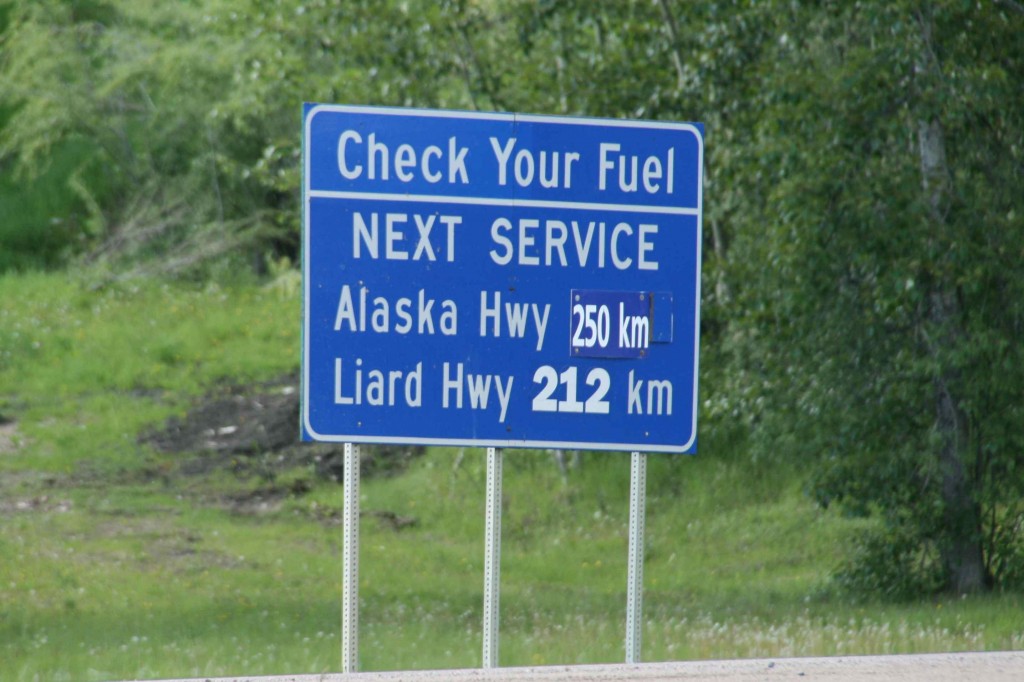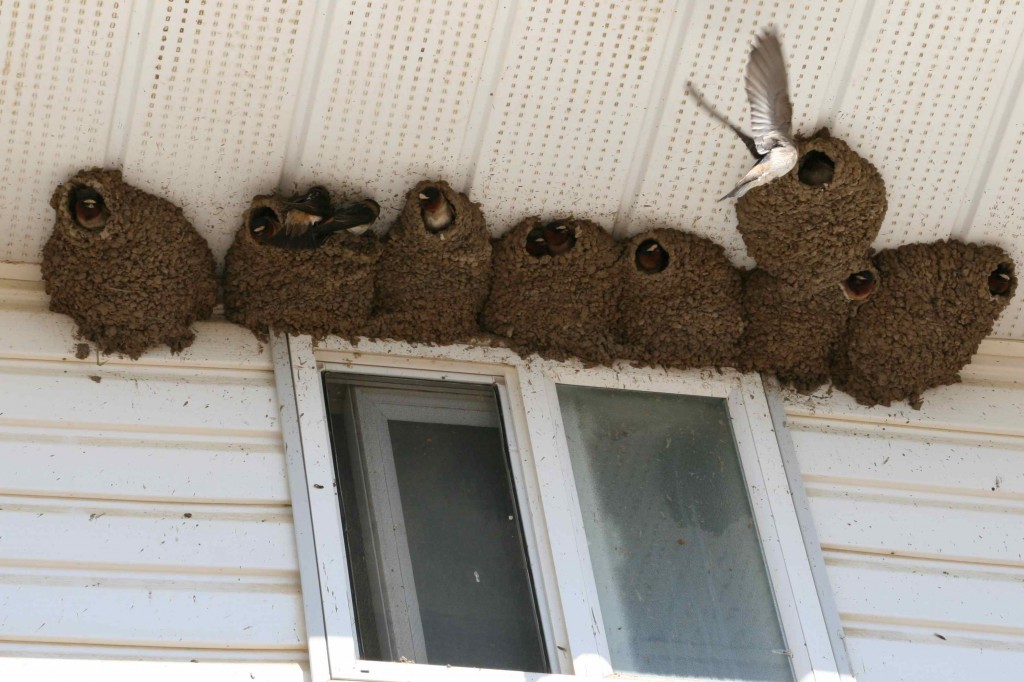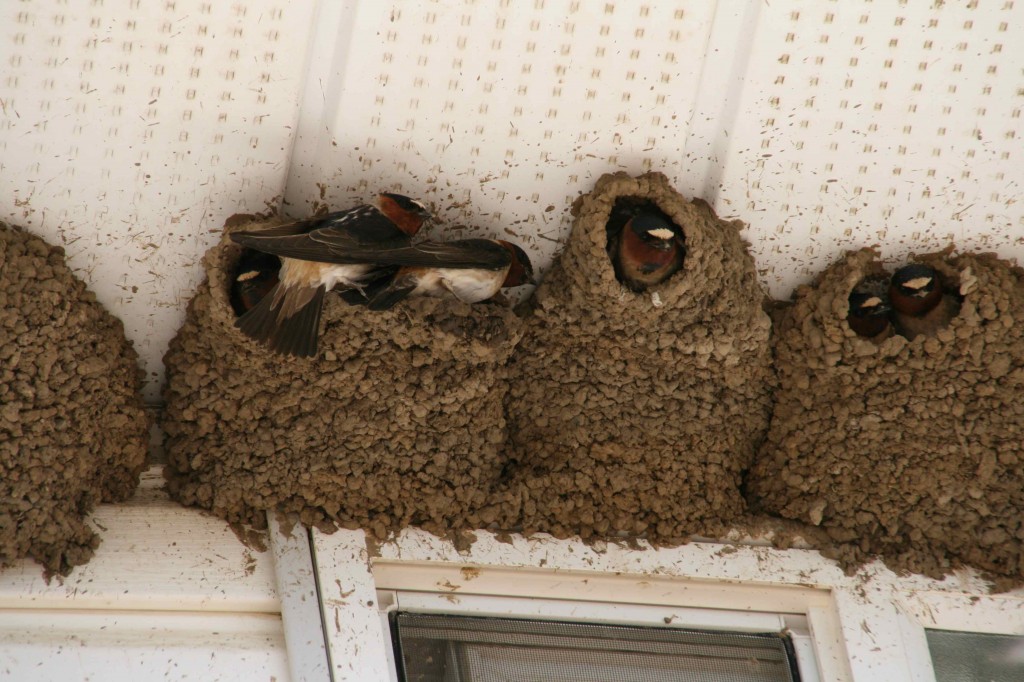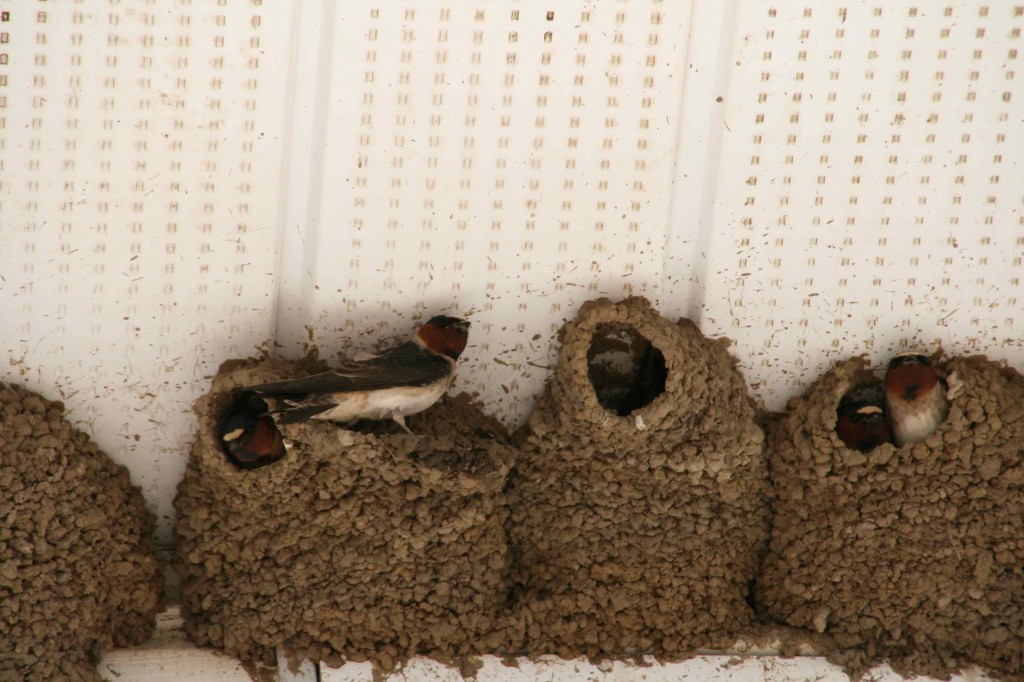Saturday, June 11, we leave Mile 0 behind us and begin our journey on this historic highway. Appropriately enough, one of the first sights to catch is the Kiskatinaw wooden bridge that is the only original timber bridge that is still in use along the Alaska Highway today.
In order to see the bridge we take a turn off the main highway to a segment of the old original Alaska Highway that was by-passed when the road was straightened. Had the bridge not been by-passed, it would not still be standing but replaced by a concrete and steel bridge.
The bridge is in a very picturesque canyon. We missed the first turn-off but caught the second; so we are doubling back a couple of miles to cross it. It is well worth going our of the way for.
A reminder that you can double click on a picture to enlarge it to full screen to make it easier to see. Click on the back arrow of your browser to return to the blog.
This is not a small curve in this bridge. Wow! We have double checked to be sure it will sustain our weight. It would have been a sad day to tear out this piece of history.
All 8 tons of us is moving across the bridge that original military trucks navigated. Wow!
Another interesting bridge along our route is the Peace River Bridge. Bridging the Peace River was one of the first challenges of the Alaska Highway engineers. Prior to the bridge, two ferries with a capacity of 10 trucks per hour were operating to get the material across the river. Quoted from the Milepost, “Three different pile trestles were constructed across the Peace River, only to be washed out by high water. Work on the permanent 2,130-foot suspension bridge began in December 1942 and was completed in July 1943. One of two suspension bridges on the Alaska Highway, the Peace River bridge collapsed in 1957 after erosion undermined the north anchor block of the bridge. The cantilever and truss-type bridge that crosses the Peace River today was completed in 1960.”
The bridges along the highway are really awe-inspiring when you know what went into making them happen. Without the bridges the highway would not have been viable. The bridges had to work.
The high ground around Taylor is beautiful. The far hills almost look as though they have been terraced.
Because the Milepost is so detailed, we didn’t miss this eye-catcher. At mile 62.4 there is a 30-foot statue of a lumberjack. It wears a Santa suit in the winter — that must be something to see! It is around a curve and out in the middle of the forest; so it would be easy to miss with the camera. As it was, it was a quick grab and snap.
Tonight we are at Pink Mountain Campsite and RV park. We paid for a full hook-up. It appeared that is what we have except the electrical voltage is so low that some of the appliances are struggling. On check-in we learned the water has so much iron in it that we do not want to run it through our water filters; so we are choosing to use water from our fresh water tank.
Sunday morning we decide to empty the black tank, but discover the sewer in the ground is plugged up. Fortunately from prior experience I have learned to be quick when I smell poop! Get that valve closed to minimize the disaster! So now we have a hose with yucky stuff in it that we can’t flush out. Into the bathtub it goes! When we get to destination, we can dump the tanks, flush the lines, and completely bleach out the bathtub! You have to be creative if you are going to survive this life!
Sunday we arrive in Fort Nelson. To get here we negotiated Suicide Hill, one of the most treacherous hills on the original highway. There used to be a sign that read “Prepare to meet thy maker.” Today the road has been improved, removing all the fun!
As early as the 1950′s Fort Nelson was still without power, phones, running water, refrigerators, or doctors.
One of the attractions of the town is the Heritage Museum.
The museum was started with Marl Brown’s antique car and truck collection. All of the cars on display actually run. Marl did the restoration himself.
The museum was literally stuffed. Stuffed animals were everywhere, but there was also “stuff” everywhere. This place is packed with every sort of gadget, tool, or whatzit from the past you can imagine.
I am beginning to see that museums in this part of the world house all manner of stuffed animals. This is a male stone sheep. We have been told to expect to see them as we travel north out of here.
We are not likely to see the foxes. They are shy little creatures and blend in so well with their surroundings that to enjoy a spotting of one in the wild would be an extraordinary treat.
Would I love to see one of these guys in the wild! Again the chances are not in our favor. I always have an eye out for big birds though. Maybe, just maybe. . .
Minks are sure tiny. How many of these little creatures to make one full-length coat? I think the coat looks better on him/her.
The Canada lynx is not likely to be spotted in the wild either. Look at those big paws. He is beautiful.
This is one reason not to go hiking in the wild on your own. While they are very shy around people and not likely to attack a person, it is not unheard of. This is a formidable adversary.
Of course, we are not looking to have an encounter with one of these anywhere except with us in the car! We have yet to see one in the wild, but I have every reason to believe it is just a matter of time.
Ed owned one just like this back in 1962. He was a ham radio buff starting in junior high school and continuing to the current day. He loves this radio stuff.
Okay. What is it? It started life as a 55-gallon drum. It was reshaped and turned into a . . .
This is just like the oscilloscope, a piece of test equipment, that Ed built from a Heathkit in high school. He was a clever guy then and still is today — only one of the reasons I love this man.
We have met Marl. He is a real character. He has become the curator of the museum since he retired and is around to proudly show anyone who is interested his car collection.
This Model is driven on the highway. It can get up over 50; however, Marl prefers to keep it down around 25. It is absolutely beautiful.
Marl drove this Buick from Fort Nelson to Whitehorse — a distance of about 600 miles. It has no top! His wife accompanied him.
This is a real blast from the past. Check out those headlights!
Marl drove this car from Fort Nelson to Fort Simpson, a distance of about 300 miles, as part of a celebration for the Northern Highway Link. The majority of the road is not paved. He did this in winter! It is very dark for most of the day here in winter. You might notice that this car has no windows. Marl did say he stopped frequently to get out and run around to warm up. I’ve done some screwy things in my day, but I think he has an extra twist in his screw that I didn’t get. That is just insane in this part of the world! Can you even imagine how cold it had to be???
I see this truck working to get the 1942 Alaska Highway done on time!
Marl told us he had always wanted a car that he had to use his glasses to see the hood ornament. This is the car that fits the bill.
Ed has asked a question, and Marl is telling him all about it. He is rightfully very proud of his collection and has some incredible stories to tell about each one. This is when I wish I could have recorded him. I will never remember all of the wonderful tales.
We don’t know how old Marl is. It didn’t seem appropriate to ask. He is as sharp as any young man, as interesting as the most interesting person you know, and has a life worth talking about. I would love to get to know him better.
This machine reminded me so much of the Peter, Paul, and Mary song “The Marvelous Toy.” The refrain from that song goes “It went “Zip” when it moved, and “Bop” when it stopped, and “Whirr” when it stood still. I never knew just what it was, and I guess I never will. We may know this is a water pump, but it is still very magical. The Coke can on the exhaust popping up and down as this thing gasped and whirred was most entertaining. Obviously Marl has a playful side to him.
And this is further proof! This bicycle has independent steering in the front and back wheels. Note that the back wheel is going a different direction than the front wheel. Marl gave us a complete demonstration without ever falling off!
I wish we could stay and chat with this man that is well worth knowing. Anyone who doesn’t stop at this museum and meet Marl has truly missed a one-of-a-kind opportunity.
The bronze of the Male Stone Sheep is out front of the museum. It appears to be very much anatomically correct.
The view of the stone sheep that greets people as they pass on the highway.
This is a good example of the signs we see from time to time, cautioning to watch the gas tank. It is always a smart idea in this part of the world to run off the top half of the gas tank instead of the bottom unless you absolutely know where the next gas station is going to be.
We stayed at the Bluebell Inn and RV Park in Fort Nelson. The motel had multiple cliff swallow nests over every single window. I first noticed what appeared to be a hundred swallows flitting around in the air above the RV. They catch flying insects for food. I started looking around and saw where they were coming from.
It appears to be a condo city. Every nest has a bird in it, some have two faces sticking out the opening.
The cliff swallow wads up a ball of mud in its beak and then very carefully sticks it onto the nest to build it out to the appropriate shape and size. Cliff swallow nests are pure mud while barn swallows mix in other material with the mud like straw and grasses.
This gives you a good overview of what we were looking at. There are several nests above every window on the back and sides of this motel. This is a huge colony of birds!
We are ready to move on up the road. Life has been very entertaining and fun in this little town. What an adventure we are on. Life is good.
